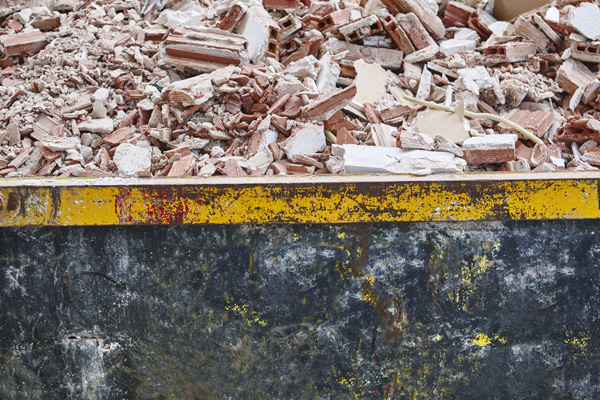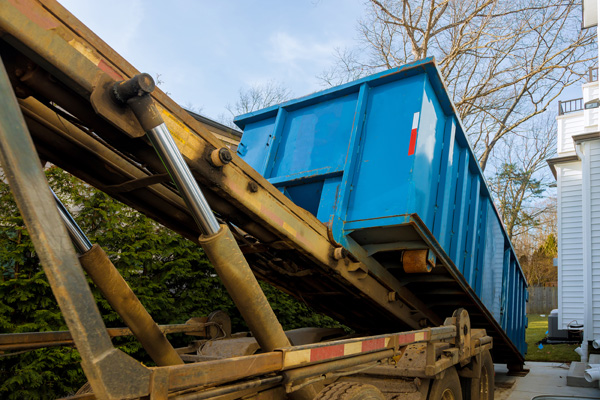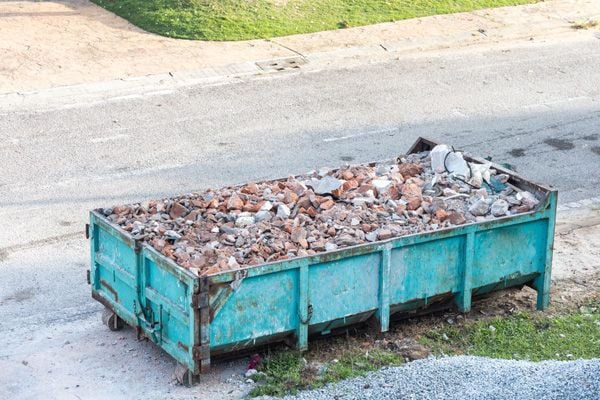How To Rent A Dumpster For A Greenhouse Project
The prospect of a greenhouse project can be daunting, especially when it comes to managing the waste associated with such an undertaking. Renting a dumpster is one way to ensure that all material generated during the construction process is properly stored and disposed of. This article will provide insight into how to rent a dumpster for a greenhouse project in order to reduce environmental impacts while allowing the task at hand to be completed efficiently. A successful rental requires knowledge of local laws and regulations regarding waste disposal as well as an understanding of various types of available dumpsters. Additionally, special considerations need to be taken into account prior to renting any kind of equipment so as not to incur additional costs or fines due to improper usage. Understanding these concepts before beginning the rental process will enable the smooth completion of the job without unexpected issues arising. Finally, this article provides step-by-step instructions on completing the necessary paperwork for a dumpster rental along with detailed information on obtaining permits from local authorities and other relevant documents required by law. With the proper preparation and execution, renting a dumpster for a greenhouse project does not have to be difficult or time consuming; rather it can be simple if done correctly. What Is Yard Dumpster Rental? Yard dumpster rental is the process of renting a roll off dumpster for various construction projects or other activities. These yard dumpsters come in a variety of sizes and can be used for residential, commercial, and industrial applications. The availability of these types of dumpsters makes them an ideal option for large-scale projects such as greenhouses that require a significant amount of material removal. Yard dumpsters are also beneficial when dealing with large quantities of trash from landscaping jobs or renovations. Before beginning any project involving a yard dumpster rental, it is important to understand all applicable local regulations regarding waste disposal. In addition to researching local laws and ordinances, it is wise to contact reliable companies who offer services related to yard dumpster rentals. This will help ensure that you have access to the right type and size of container for your specific needs. Companies offering these services will often provide information about proper waste management practices as well as advice on how best to proceed with the project safely and efficiently. Once you have decided which company provides the most suitable service for your needs, you should consider whether there are any additional fees associated with their services before signing a contract. It may also be necessary to obtain a permit from the municipality where you plan on disposing of the materials being removed from your property during the course of your project. Knowing all this information ahead of time can help avoid potential delays caused by unexpected obstacles along the way. Do I Need A Permit For Yard Dumpster Rental? Before renting a dumpster for your greenhouse project, it is important to determine if you need a permit or not. According to the 2019 National Dumpster Rental Survey, almost 70% of homeowners needed a permit for their yard dumpster rental. If you are unsure whether you need one, contact your local municipality and inquire about building permits and applications for permits. The cost of a dumpster rental will depend on the size of your project as well as how many yards of material needs to be removed from the location. In most cases, renters can expect fees that range between $200-$500 depending on the size they choose. Additionally, there may be additional charges associated with the rental period, which typically ranges from two weeks up to four weeks. If you do require a permit for your yard dumpster rental, make sure that you read all instructions carefully before applying. You should also check with your city’s public works department to ensure that no other regulations apply in regards to where the container can be placed on site or what types of materials can be disposed of in the bin. Following these steps will help ensure that your rental process goes smoothly and efficiently so you can complete your greenhouse project without any unexpected costs or delays. Are There Any Prohibited Items I Should Know About? When renting a dumpster for a waste removal project, it is important to know the size of the dumpster and what items cannot be disposed in it. Hazardous waste such as medical waste or flammable materials should not be put into a rented dumpster. Additionally, recycling services may have their own set of guidelines regarding certain items that need to be recycled differently than other types of solid waste disposal. Professional customer service can help answer any questions about specific prohibited items when deciding on which type of dumpster rental best meets the needs of your greenhouse project. Knowing ahead of time what cannot go into the dumpster will ensure a smooth delivery process and easy pick-up at the end of the job. Having an understanding of these items before selecting a dumpster size can also prevent additional fees from being added due to improper disposal methods. Transitioning smoothly into the next section, one must consider whether they need to be present when the dumpster is delivered. Do I Need To Be Present When The Dumpster Is Delivered? Once all prohibited items are taken into consideration, the next step is to determine what size dumpster will be necessary for the greenhouse project. It is important to select a reputable and reliable dumpster company in order to ensure customer satisfaction. When renting a dumpster, customers should consider the rental time period as well as delivery and pickup times. In addition, they must also decide on the appropriate size of dumpster required for their specific needs. For example, a 20-yard dumpster typically measures 22 feet long by 8 feet wide and can accommodate up to four tons of debris; this type of dumpster is residential friendly due its smaller size and minimal environmental impact. In order to best
How To Rent A Dumpster For A Greenhouse Project Read More »










